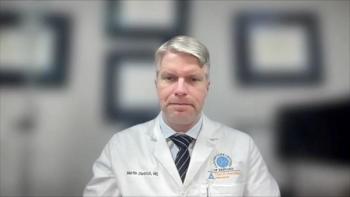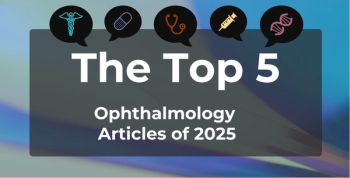
Research Explores Integration of Remote Monitoring for HF, Heart Transplant Allocation Impact
Key Takeaways
- Remote monitoring and telemedicine improve systolic HF management, especially for patients in remote areas, by enhancing treatment adherence and outcomes.
- Wearable cardioverter-defibrillators and virtual nurse practitioner consultations are key components of this telemedicine approach.
Research from the Heart Failure Society of America Annual Scientific Meeting evaluated remote physiological monitoring for treating systolic heart failure (HF), as well as the impact of a heart transplant allocation system on urban and rural communities.
Among the posters released as part of the
Remote Monitoring for Systolic Heart Failure
A new approach allowing patients to receive regular care without the need for frequent in-person visits showed potential to improve treatment adherence and outcomes.1 Managing newly diagnosed systolic HF requires close monitoring and frequent medication adjustments, which can be challenging for patients living far from health care facilities. The study aimed to address these challenges by integrating remote physiological monitoring into a telemedicine clinic led by a nurse practitioner.
Patients with newly diagnosed systolic HF and a left ventricular ejection fraction (LVEF) of less than 35% were provided with wearable cardioverter-defibrillators (WCDs) and enrolled in a telemedicine program. They had weekly virtual visits with a nurse practitioner certified in HF who monitored their condition, adjusted medications, and facilitated further diagnostic workups, such as catheterizations or advanced imaging. The WCD provided real-time physiological data to support these clinical decisions.
At the end of the 12-week program, patients underwent repeat echocardiograms, and many showed improvements in their systolic function. These results demonstrated that the combination of remote monitoring and telemedicine was an effective and safe strategy for treating systolic HF, especially in patients spread across large geographic areas. The study's findings support the expansion of telemedicine programs with remote physiological monitoring to provide comprehensive care to patients with HF who may otherwise face barriers to consistent treatment.
Disparities in Heart Transplant Allocation
The second study addressed the potential
The study included adult patients listed for HT in United Network for Organ Sharing data and transplant statistics from January 2014 through December 2021. It compared outcomes under the old and new allocation systems, excluding patients who had undergone retransplantation or multi-organ transplantation.
Although there were no significant differences in death/delisting rates or transplant rates between rural and urban residents under the old system, disparities emerged under the new system. Rural residents had a higher cumulative incidence of death or delisting from the waitlist and a higher rate of transplantation (HR, 1.29; 95% Cl, 1.06-1.57; P = .01). Additionally, the cumulative incidence of transplantation was higher among rural residents (HR, 1.09; 95% Cl, 1.02-1.17; P = .011). However, posttransplant survival rates remained similar across both rural and urban groups under both systems.
These findings suggest that rural patients face a higher risk of not receiving a transplant, possibly due to differences in health care access and delivery. Although the new system may have improved outcomes for some, the study highlights the need for further investigation into these disparities.
The Efforts to Address Barriers to Care Continues
These HFSA posters shed light on important areas of research as health care practices and systems evolve. The integration of remote physiological monitoring in telemedicine clinics shows promise for improving care for patients with systolic HF, especially in underserved areas. At the same time, the new heart transplant allocation system may have inadvertently increased geographic disparities, particularly for rural patients.
References
1. Desiderio D, Glunk D, Desiderio M. In rural communities, augmenting telemedicine with remote monitoring enhances heart failure management: proof of concept. Prepared for: HFSA 2024; September 27-30, 2024 (cancelled); Atlanta, Georgia. Poster.
2. Ahmed MU, Marsy D, Fermin D, et al. Disparities in heart transplant waitlist outcomes in rural communities in the current UNOS allocation system. Prepared for: HFSA 2024; September 27-30, 2024 (cancelled); Atlanta, Georgia. Poster.
Newsletter
Stay ahead of policy, cost, and value—subscribe to AJMC for expert insights at the intersection of clinical care and health economics.








